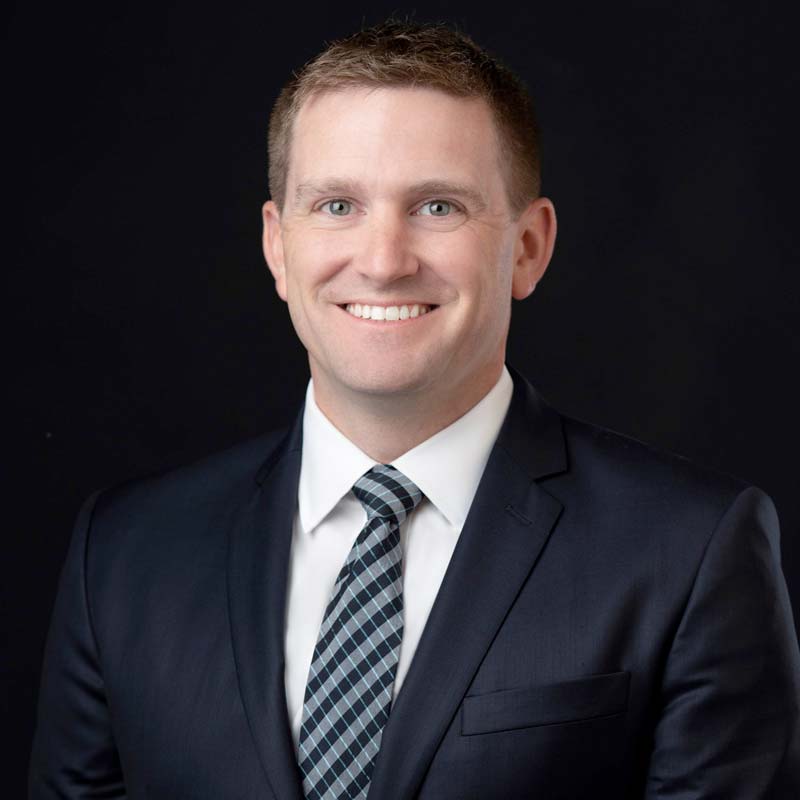By John Donnelly, Capstone Financial Services Analyst
Both political parties are keenly interested in growing workplace retirement plan participation rates. Greater savings rates allow workers to retire earlier, pass wealth to future generations, and reduce reliance on federal programs such as Social Security and Medicare. Plan participation challenges are most acute for two groups: small-business employees and lower-income workers. According to Bureau of Labor Statistics (BLS) data, only 52% of private industry workers at employers with fewer than 50 employees have workplace retirement plan access compared to 69% of all workers while 17% of workers within the lowest 10% of earners participate in retirement plans compared to 52% of all workers.
The Securing a Strong Retirement Act (SECURE 2.0), the sweeping bipartisan retirement legislation that passed at the end of 2022, will increase worker participation rates as it is implemented in the coming years. In particular, we note that an expanded small business plan startup tax credit, which went into effect at the beginning of 2023, will drive a higher access rate (the percentage of employees who have access to a plan) and the requirement that new plans mandate automatic enrollment, which is effective beginning in 2025, will increase the take-up rate (the percentage of those employees who participate in available plans).
In a study, Vanguard reports that the take-up rate for workers with automatic enrollment was 93% in 2021 compared to 66% for those without the feature. On average, new plans accounted for 7.3% of total US retirement plans each year from 2019 through 2021, according to the US Department of Labor. At that rate, we estimate that by 2033, more than half of all defined contributions plans will require automatic enrollment. Although the automatic enrollment requirement in SECURE 2.0 applies only to new plans, we believe it will become commonplace throughout the retirement ecosystem.
We expect the implementation of SECURE 2.0 to dominate federal retirement policy in the next five years.
We expect the implementation of SECURE 2.0 to dominate federal retirement policy in the next five years. Congress is likely to pass legislation to make some technical fixes, but another major bipartisan bill is unlikely. Based on the experience of the SECURE Act of 2019 and SECURE 2.0, we expect a four-to-five-year timeline from initial bipartisan support to legislation actually passing, and we do not see any significant proposals pending at this time.
Retirement legislation also is limited by member turnover in Congress. For the past decade, retirement legislation, primarily the SECURE Act and SECURE 2.0, was driven primarily by four members of Congress: Senators Rob Portman (R-OH) and Ben Cardin (D-MD) and Representatives Kevin Brady (R-TX) and Richard Neal (D-MA). Sen. Portman and Rep. Brady retired at the end of 2022 while Sen. Cardin has announced that he will not seek reelection and will retire at the end of 2024. In their absence, new legislators must push forth any future proposals and establish bipartisan support, which we believe will extend the timeline for any bill.
‘Automatic 401(k)’
While SECURE 2.0 addressed most lawmaker priorities, we believe one idea, which has the potential to be transformative for the US retirement industry, could gain longer-term momentum. As part of his 2020 campaign, President Biden supported a federal “automatic 401(k)” requirement—the idea that most businesses would be required to offer a retirement plan. Rep. Neal included this proposal in the 2022 Build Back Better reconciliation bill that passed the House Ways and Means Committee before the provision was stripped out of the bill that passed the House. The legislation itself ultimately failed to gain the necessary support in the Senate and was replaced by the Inflation Reduction Act. The federal automatic 401(k) differs from state-sponsored automatic individual retirement account (IRA) programs as the federal proposal would require employers to offer a workplace plan (with automatic enrollment), whereas states have created plans and employers must provide their workers with access and employers do not incur any costs.
We believe support for a federal automatic 401(k) is growing, particularly among Democrats while Republicans are concerned about new federal mandates and costs for employers, and it could realistically pass in the next decade. The path to enactment would not be simple, however. It would likely have to be done through reconciliation, which would require Democrats to control the House, Senate, and White House again. It also could require a greater Democratic majority than existed in 2022 to prevent one or two Senators from blocking the proposal, which does not currently have unanimous support in the party, as shown by Build Back Better. However, the idea is now in the mainstream of Democratic retirement policy and can be implemented through reconciliation because the mandate is enforced through a tax penalty.
If a federal plan mandate is passed, its impact would be difficult to overstate. The workplace retirement plan access rate would go to nearly 100% (there would be some exceptions for certain entities such as churches or self-employed workers) while the take-up rate with automatic enrollment would be around 90%. As a result, nearly 90% of workers would have a workplace plan compared to 52% of workers as of March 2022—an increase of 73%. Universal access would force a rethinking of the retirement ecosystem. State auto IRAs would no longer be necessary, simply offering a plan would not incentivize new employees, and advisers would increasingly spotlight the relative benefits of different offerings. There would be immense implications for retirement administrators, recordkeepers, advisers, asset managers, and other service providers.
We believe near-term retirement plan participation rates will rise with the implementation of SECURE 2.0, which by itself will be significant.
Overall, we believe near-term retirement plan participation rates will rise with the implementation of SECURE 2.0, which by itself will be significant. However, we will continue to monitor the long-term developments and momentum for more ambitious retirement policy changes, and their implications for both our corporate and investor clients, including an automatic 401(k) mandate, which could transform the retirement ecosystem.

John Donnelly, Capstone Financial Services Analyst
Read more from John:
Insurance Preview 2023: Why Policymakers Will Matter More This Year
Chopra’s Last Stand: The CFPB Will Move Forcefully on a Wide Swath of Industries
Read John’s bio here.



























